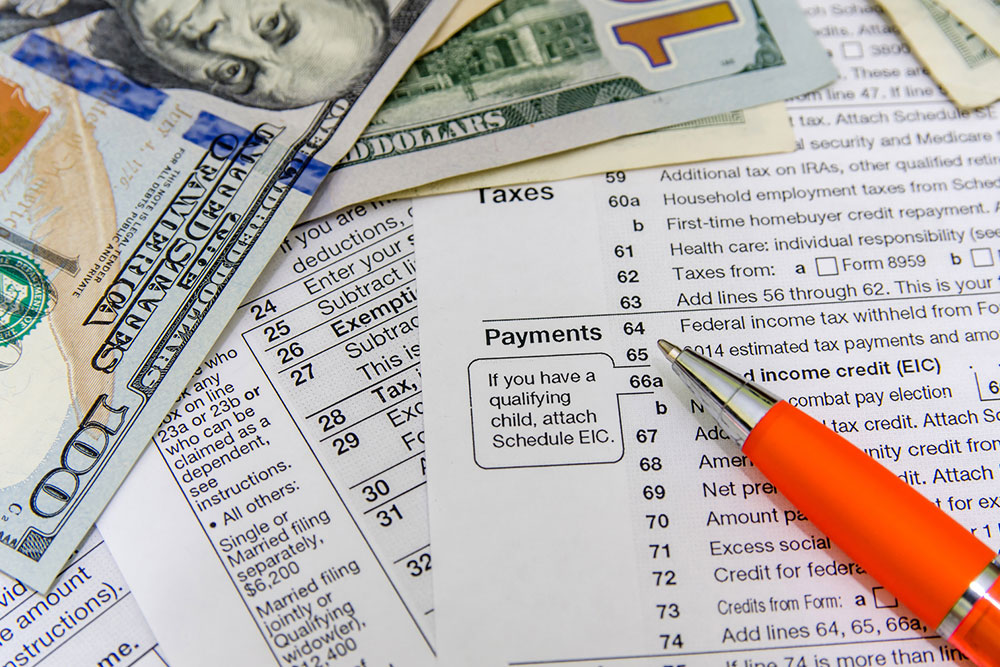Guide to IRS Tax Relief Programs: Key Features, Eligibility, and How to Apply
Learn about IRS tax relief programs available in 2023, including options like Offer in Compromise, Currently Not Collectible status, and installment plans. Discover eligibility requirements and application steps to help reduce or manage your tax debt effectively. These programs aim to support taxpayers in financial hardship, offering solutions to regain stability and settle taxes over time. Expert advice and proper documentation increase chances of success. Stay informed with our comprehensive guide to IRS debt relief options.

Guide to IRS Tax Relief Programs: Key Features, Eligibility, and How to Apply
Many taxpayers owe the IRS for taxes, penalties, and interest. While full debt cancellation isn’t always possible, the IRS provides programs to help reduce tax liabilities and establish manageable repayment plans. These initiatives aim to support taxpayers in regaining financial stability. Read on to discover the available relief options, eligibility criteria, and application procedures to find the best solution for your situation.
What are IRS relief programs?
Not paying taxes can lead to penalties, accruing interest, or even asset seizures. In extreme cases, the IRS may pursue legal actions, including wage garnishment or criminal charges. IRS relief programs are designed to assist taxpayers facing financial hardship by offering options to lessen or eliminate their tax debts, acknowledging that some individuals face genuine difficulties in paying their dues.
Various relief options are available under these programs in 2023, such as the Offer in Compromise, Currently Not Collectible status, installment agreements, and the Fresh Start Initiative. Let’s explore each in detail:
Offer in Compromise
This option allows taxpayers who cannot pay their full tax bill to settle for a lower amount. The IRS evaluates financial details—including income, assets, expenses, and obligations—to determine a settlement. Successful applicants pay a reduced sum, alleviating financial burden. It remains one of the most sought-after relief options.
Currently Not Collectible
This relief is suitable for taxpayers unable to pay due to financial hardship. Once approved, the IRS temporarily suspends collection activities, and assets cannot be seized until the taxpayer’s financial situation improves.
Installment Agreements
If paying the full tax debt is challenging, taxpayers can opt for installment plans to settle their dues over several months—up to 72 months—paying smaller amounts each period, though interest accrues.
Fresh Start Initiative
This is not a debt forgiveness program but a set of reforms simplifying tax debt management. It offers benefits such as higher thresholds for liens, streamlined installment processes for debts under $50,000, and the ability to withdraw liens after full payment.
Increased threshold of $10,000 for federal tax liens.
Provision for debt amounts under $50,000 to establish easier installment plans.
Ability to request lien removal once debts are fully settled.
Who qualifies for IRS relief programs?
The IRS’s debt relief options aim to assist taxpayers with significant tax obligations. While anyone can apply, approval depends on meeting specific criteria. The IRS carefully reviews each application, considering the applicant’s financial status. Individuals with demonstrated hardships, timely filed returns, and debts below certain limits are more likely to qualify. Common eligibility points include:
Debts of $50,000 or less
Annual income under $100,000 (or $200,000 for couples)
Self-employed individuals with over 25% drop in income
The forgiven amount varies based on financial circumstances and chosen repayment options.How can you apply?
Applicants should visit the IRS website to submit the appropriate form, tailored to the specific relief program desired. Providing honest details about income, expenses, assets, and liabilities is crucial. A small application fee may apply. Consulting a tax professional can streamline the process and improve chances of approval, ensuring applicants meet all criteria and maximize available benefits.
Note:
Our site offers diverse informational content to help readers understand various tax-related topics. While we strive for accuracy, articles should not be considered definitive legal or financial advice. Readers are encouraged to verify details independently or consult professionals for tailored guidance. We also acknowledge the possibility of undiscovered or newer relief schemes not covered here.










